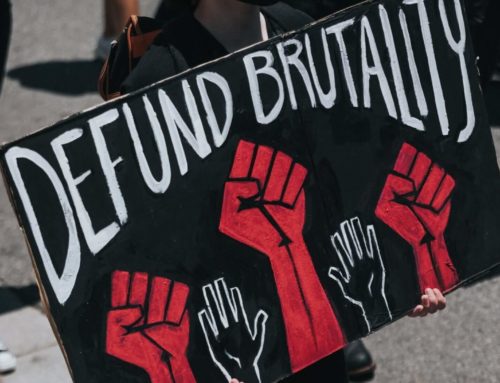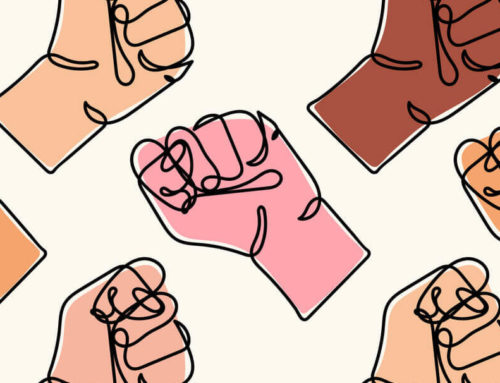By Vincent Stehle, The Chronicle of Philanthropy. December 17, 2014
The streets of Ferguson, Mo., New York City, and many other cities across the nation have been overflowing with protests for the past month in reaction to grand-jury decisions not to indict police officers responsible for the deaths of Michael Brown and Eric Garner.
The anger and frustration many people feel over those deaths and many others involving the excessive use of force by police is understandable, particularly when it comes to encounters with African-American men and boys. ProPublica, an investigative journalism organization, recently reported that young black males are 21 times more likely than their white counterparts to be shot dead by police, based on an analysis of 1,217 deadly U.S. police shootings from 2010 to 2012.
The problem of police brutality aimed at blacks has been with us for a long time. What’s different today is the prevalence of cameras—an important factor identified by the international human-rights group Witness, which offers guidance to rights advocates and citizens on how to acquire evidence of abuse. Increasingly, video evidence of unjustified and excessive use of deadly force coupled with viral dissemination of such evidence via social media has led to a new movement to demand that police acknowledge a simple fact: Black lives matter.



